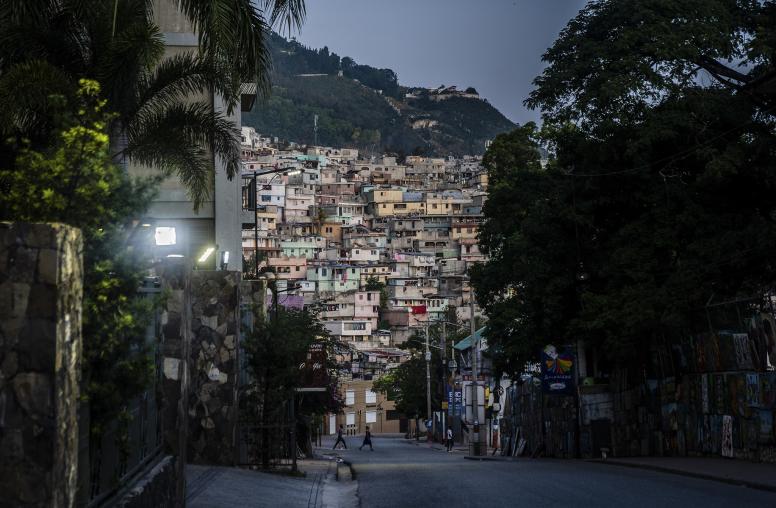Standing by Colombia for Peace, as in War
When Colombian President Juan Manuel Santos accepts his Nobel Peace Prize this week in Oslo for pursuing an end to a half century of conflict, Americans can take a measure of pride.

Through the administrations of three U.S. presidents, Democratic and Republican, the United States has backed Colombia with focused and strategic diplomatic, military and development support.
This sustained American backing helped Colombians reach a peace agreement that will increase stability in the region, reduce the flow of narcotics to the U.S. and allow Colombians to rebuild their lives. The peace deal that Colombia's Congress approved last week was more than six years in the making, supported by a committed group of international partners, including the U.S.
The negotiations between Colombia's government and the country's largest and oldest rebel group, the Revolutionary Armed Forces of Colombia (FARC), set precedents for inclusivity that could become models for resolving conflicts in other war-torn parts of the world. As a result, the accord specifically addresses critical issues that, if left unaddressed, could undermine a sustainable peace.
The terms acknowledge the damage to all victims of the conflict and their right to reparations, for example, while paying special attention to communities severely affected, such as Afro-Colombians, indigenous people and youth.
But peace is a process, and signing the agreement opens the door to the hard work ahead.
Even now, there are legal maneuvers before Colombia's constitutional court that could hamper implementation of the accords. The U.S. has an important role to play in helping Colombia consolidate this hard-won peace and underscore, at a time of rising global conflicts, that peace is indeed possible.
When the new U.S. Congress convenes in January, it has the opportunity to safeguard core U.S. interests of security, prosperity and good governance in Colombia by continuing the kind of commitment and assistance that has long supported one of the oldest democracies in Latin America.
Particularly important to implementing the peace will be for Colombia to successfully demobilize the FARC forces, encourage farmers to grow crops other than coca, and reconcile communities torn by a war that has killed 220,000 people and displaced 6 million.
The FARC is ready to disarm and move its 7,000 hardened fighters and its 8,000 militia members into United Nations-monitored demobilization camps once a general amnesty is assured under the law.
Ultimately, though, most ex-fighters will return home to marginalized rural areas. The U.S. can help support development and education programs that will be critical for reintegrating the former fighters into society to keep them from joining criminal gangs that engage in drug trafficking.
Meanwhile, the FARC, which for many years funded its operations through trafficking, committed in the accords to helping the government combat cultivation of illegal crops. That campaign will require resources for crop substitution.
The U.S. also can be helpful in Colombia's struggle for reconciliation. The last time the FARC disarmed in a peace deal, some 30 years ago, thousands of their candidates and elected leaders were assassinated, and they went back to war. The government has registered more than 8 million victims of the conflict.
The U.S. can help shepherd innovative programs that facilitate community dialogues to stave off revenge attacks and reintegrate militants.
U.S. support also should be clearly conditioned on protecting human rights to stop incidents such as a recent spate of deadly, destabilizing attacks on activists involved in issues such as land rights and the treatment of indigenous people.
The Colombian government and its onetime enemies have achieved a historic agreement with provisions — ranging from agrarian reform to transitional justice — that point the way to resolution of one of the world's oldest internal armed conflicts.
The U.S. has invested some $10 billion in this struggle over the past 16 years, with steady progress. It is in the interest of all Americans and Colombians to see this commitment through to a true and lasting peace.
Originally published in The Hill. Republished with permission.


